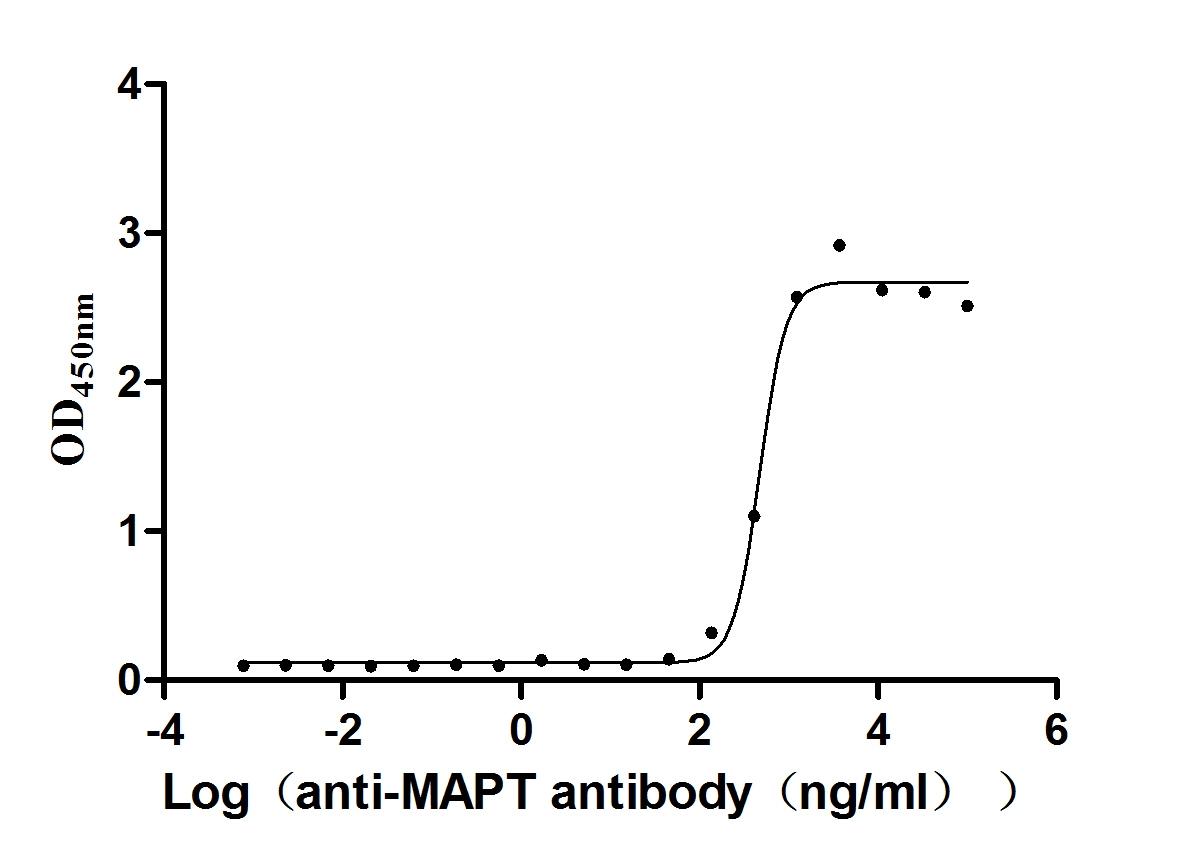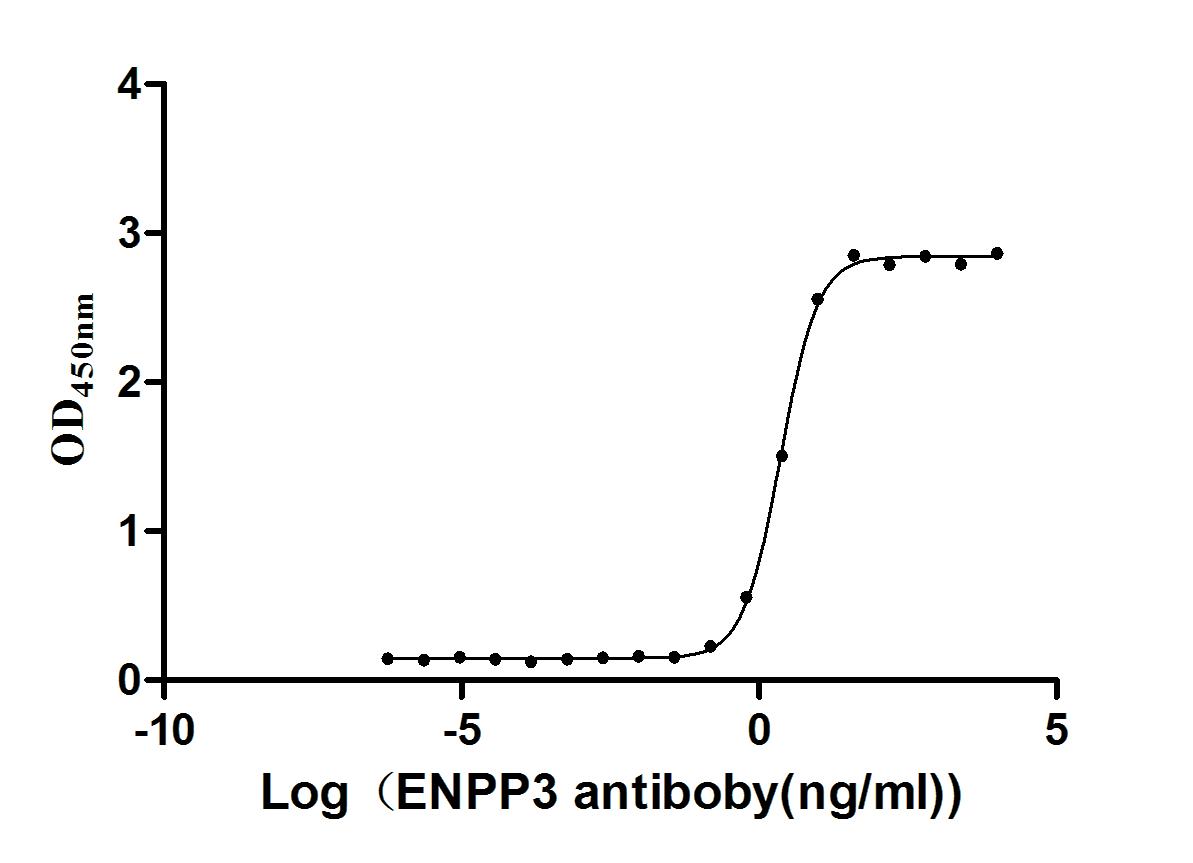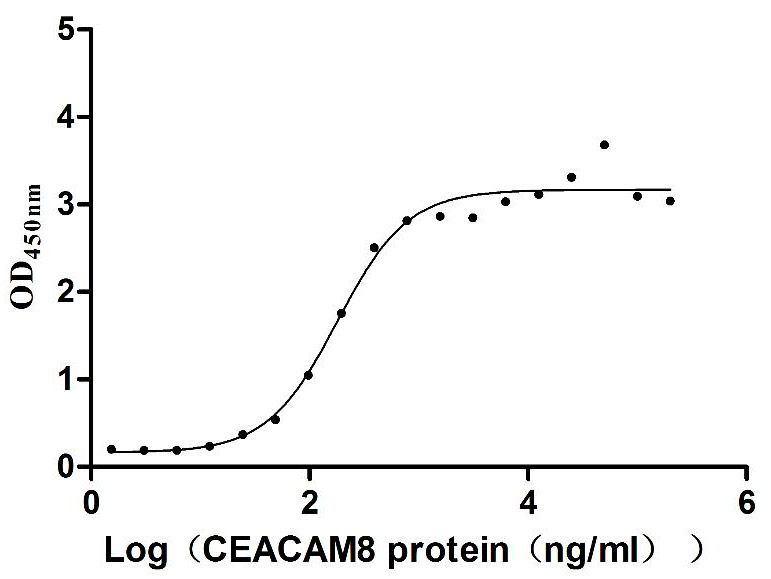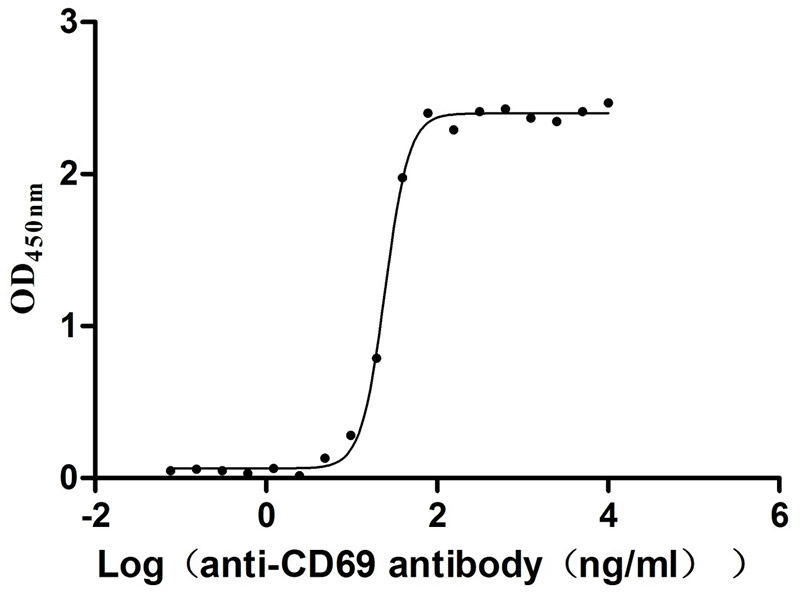Recombinant Chicken Cathelicidin-2 (CATHL2)
-
货号:CSB-YP644158CH
-
规格:
-
来源:Yeast
-
其他:
-
货号:CSB-EP644158CH
-
规格:
-
来源:E.coli
-
其他:
-
货号:CSB-EP644158CH-B
-
规格:
-
来源:E.coli
-
共轭:Avi-tag Biotinylated
E. coli biotin ligase (BirA) is highly specific in covalently attaching biotin to the 15 amino acid AviTag peptide. This recombinant protein was biotinylated in vivo by AviTag-BirA technology, which method is BriA catalyzes amide linkage between the biotin and the specific lysine of the AviTag.
-
其他:
-
货号:CSB-BP644158CH
-
规格:
-
来源:Baculovirus
-
其他:
-
货号:CSB-MP644158CH
-
规格:
-
来源:Mammalian cell
-
其他:
产品详情
-
纯度:>85% (SDS-PAGE)
-
基因名:CATHL2
-
Uniprot No.:
-
别名:CATHL2; CMAP27Cathelicidin-2; CATH-2; Fowlicidin-2; Myeloid antimicrobial peptide 27
-
种属:Gallus gallus (Chicken)
-
蛋白长度:Cytoplasmic domain
-
表达区域:123-154
-
氨基酸序列LVQRGRFG RFLRKIRRFR PKVTITIQGS ARFG
-
蛋白标签:Tag type will be determined during the manufacturing process.
The tag type will be determined during production process. If you have specified tag type, please tell us and we will develop the specified tag preferentially. -
产品提供形式:Lyophilized powder
Note: We will preferentially ship the format that we have in stock, however, if you have any special requirement for the format, please remark your requirement when placing the order, we will prepare according to your demand. -
复溶:We recommend that this vial be briefly centrifuged prior to opening to bring the contents to the bottom. Please reconstitute protein in deionized sterile water to a concentration of 0.1-1.0 mg/mL.We recommend to add 5-50% of glycerol (final concentration) and aliquot for long-term storage at -20℃/-80℃. Our default final concentration of glycerol is 50%. Customers could use it as reference.
-
储存条件:Store at -20°C/-80°C upon receipt, aliquoting is necessary for mutiple use. Avoid repeated freeze-thaw cycles.
-
保质期:The shelf life is related to many factors, storage state, buffer ingredients, storage temperature and the stability of the protein itself.
Generally, the shelf life of liquid form is 6 months at -20°C/-80°C. The shelf life of lyophilized form is 12 months at -20°C/-80°C. -
货期:Delivery time may differ from different purchasing way or location, please kindly consult your local distributors for specific delivery time.Note: All of our proteins are default shipped with normal blue ice packs, if you request to ship with dry ice, please communicate with us in advance and extra fees will be charged.
-
注意事项:Repeated freezing and thawing is not recommended. Store working aliquots at 4°C for up to one week.
-
Datasheet :Please contact us to get it.
靶点详情
-
功能:Binds bacterial lipopolysaccharide (LPS). Has potent antimicrobial activity against Gram-positive and Gram-negative bacteria (in vitro). Has hemolytic activity (in vitro). May play a role in the innate immune response.
-
基因功能参考文献:
- L-CATH-2, D-CATH-2 and LL-37 can modulate the immune response of primary chicken immune cells by increasing mannose receptor expression, antigen presentation, endocytosis and neutralizing LPS-induced cytokine production and as a result augment activation of the adaptive immune system. PMID: 28715682
- CAMP and CATHB1 were significantly up-regulated in bone marrow cells, whereas the expression of CATH3 did not differ significantly between chicken bone marrow cells and chicken embryonic fibroblasts. PMID: 26908883
- Here, recombinant fowlicidin-2 was successfully produced by E. coli recombinant expression system.The recombinant peptide exhibited high antibacterial activity against the Gram-positive and Gram-negative bacteria, and even drug-resistant strains. PMID: 25641948
- chicken cathelicidin (CATH)-2 strongly enhances DNA-induced activation of both chicken and mammalian macrophages because of enhanced endocytosis of DNA-CATH-2 complexes. PMID: 26378074
- results indicate that bacterial toxins induce chCATH-B1 gene expression in the chicken BF and the peptide expressed in the organ would act against pathogenic microorganisms not only directly but also indirectly by attracting mast cells PMID: 24984089
- the carboxyl-terminal peptide of chCATH-B1 has broad antimicrobial activity against Gram-positive and Gram-negative bacteria. chCATH-B1 expression is restricted to the secretory epithelial cell neighbors of the M cells. PMID: 17827276
- microbicidal activity of CATH-2(myeloid antimicrobial peptide 27) & expression in heterophilic granulocytes at the site of infection in Salmonella-challenged animals, indicate cathelicidins may play an important role in preventing bacterial infections PMID: 19187966
- Results indicate that core elements within mature CATH-2 can be identified that are linked to antibacterial and/or immunomodulatory activities. PMID: 19524300
显示更多
收起更多
-
亚细胞定位:Secreted.
-
蛋白家族:Cathelicidin family
-
组织特异性:Detected in trachea, lung, proventriculus, duodenum, jejunum, ileum, caeca, colon, caecal tonsil, bursa of Fabricius, kidney, ovary, testis, thymus, liver, spleen, bone marrow, skin, uropygial gland, muscle and brain.
-
数据库链接:
KEGG: gga:420407
STRING: 9031.ENSGALP00000030658
UniGene: Gga.9531
Most popular with customers
-
Recombinant Human Tumor necrosis factor receptor superfamily member 1A (TNFRSF1A), partial (Active)
Express system: Mammalian cell
Species: Homo sapiens (Human)
-
Recombinant Human Cytokine receptor common subunit beta (CSF2RB), partial (Active)
Express system: Mammalian cell
Species: Homo sapiens (Human)
-
Recombinant Human T-cell surface protein tactile (CD96), partial (Active)
Express system: Mammalian cell
Species: Homo sapiens (Human)
-
Recombinant Mouse Microtubule-associated protein tau (Mapt) (Active)
Express system: Mammalian cell
Species: Mus musculus (Mouse)
-
Express system: Mammalian cell
Species: Homo sapiens (Human)
-
Recombinant Human Zymogen granule protein 16 homolog B (ZG16B) (Active)
Express system: Mammalian cell
Species: Homo sapiens (Human)
-
Recombinant Human Carcinoembryonic antigen-related cell adhesion molecule 6 (CEACAM6) (Active)
Express system: Mammalian cell
Species: Homo sapiens (Human)
-
Recombinant Human Early activation antigen CD69 (CD69), partial (Active)
Express system: Mammalian cell
Species: Homo sapiens (Human)


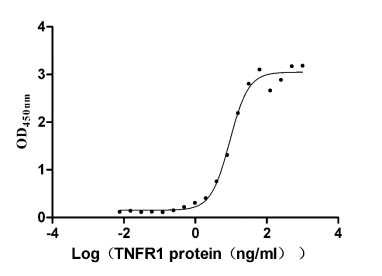
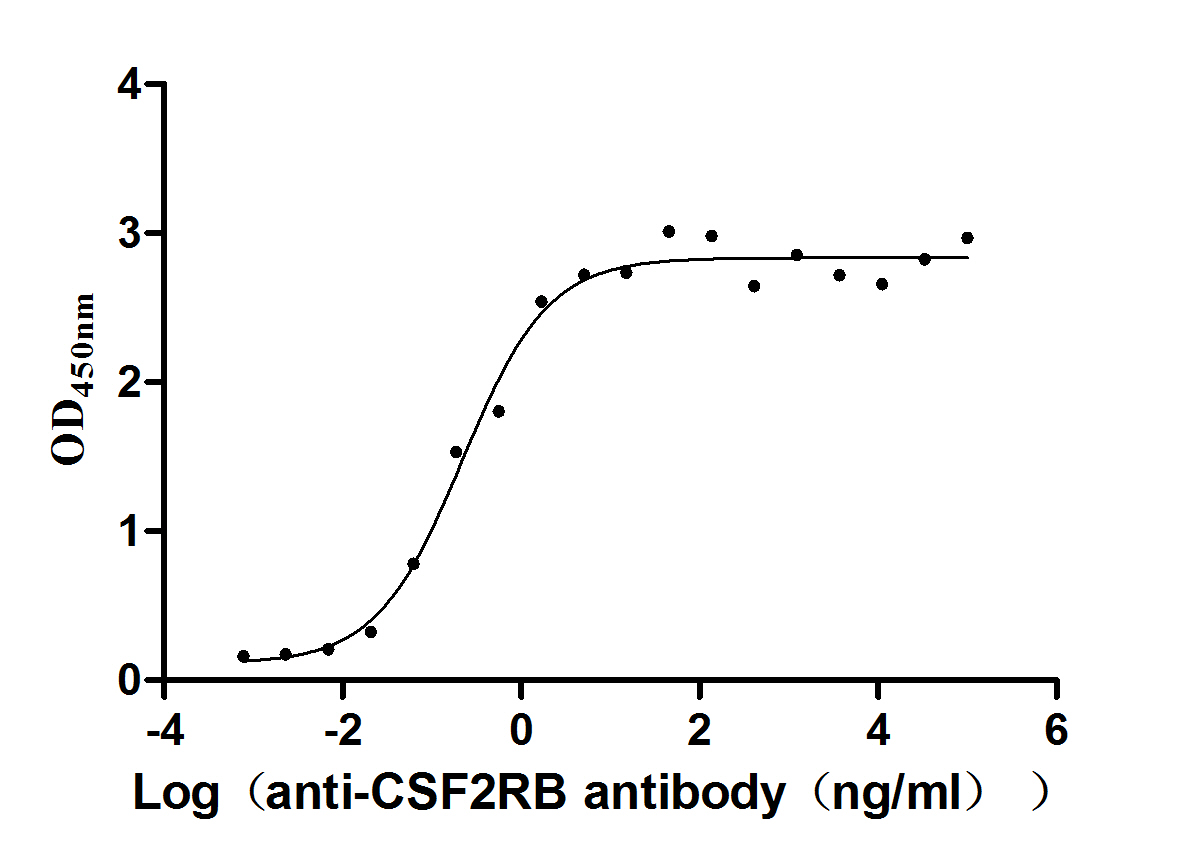
-AC1.jpg)
